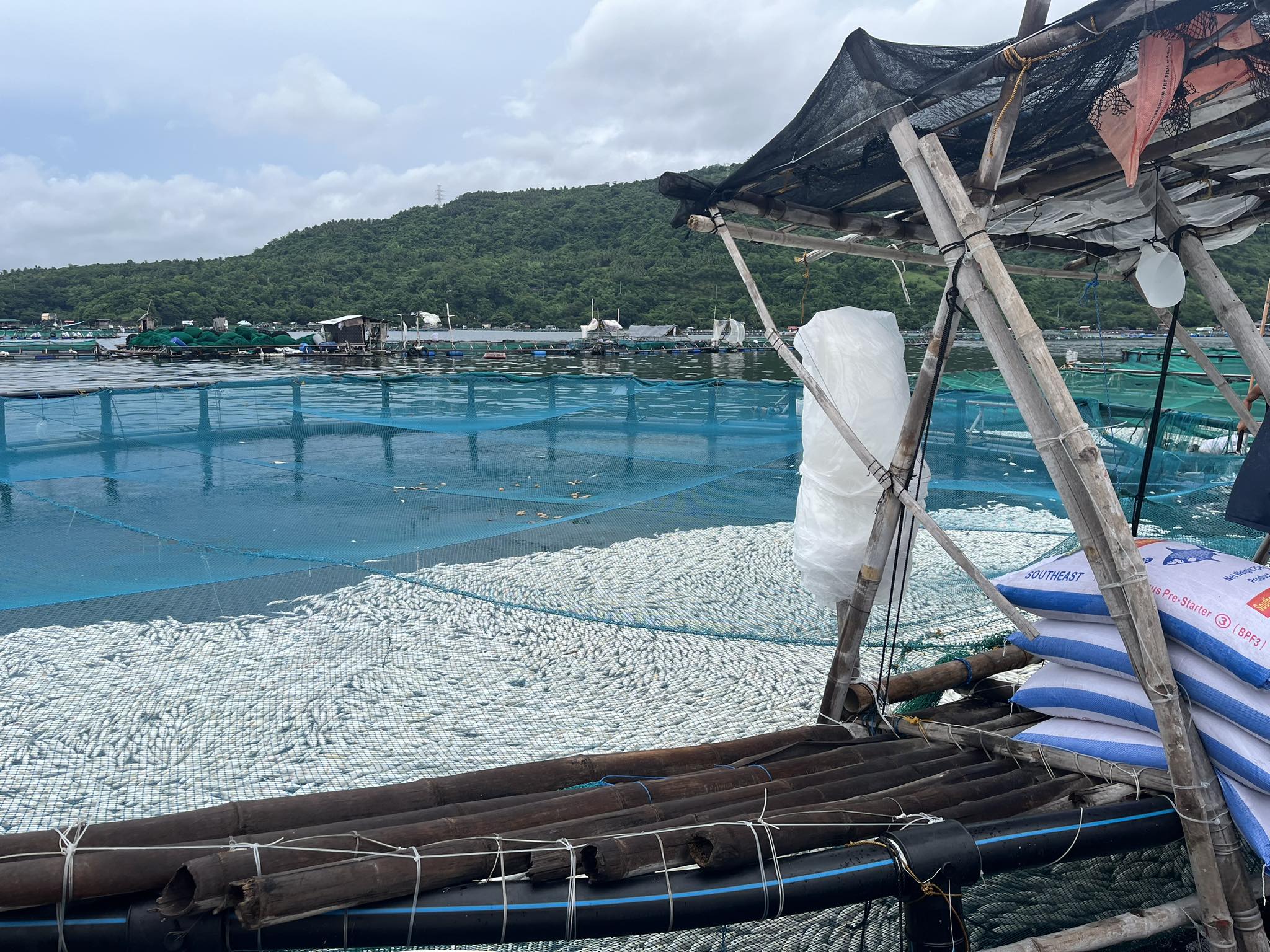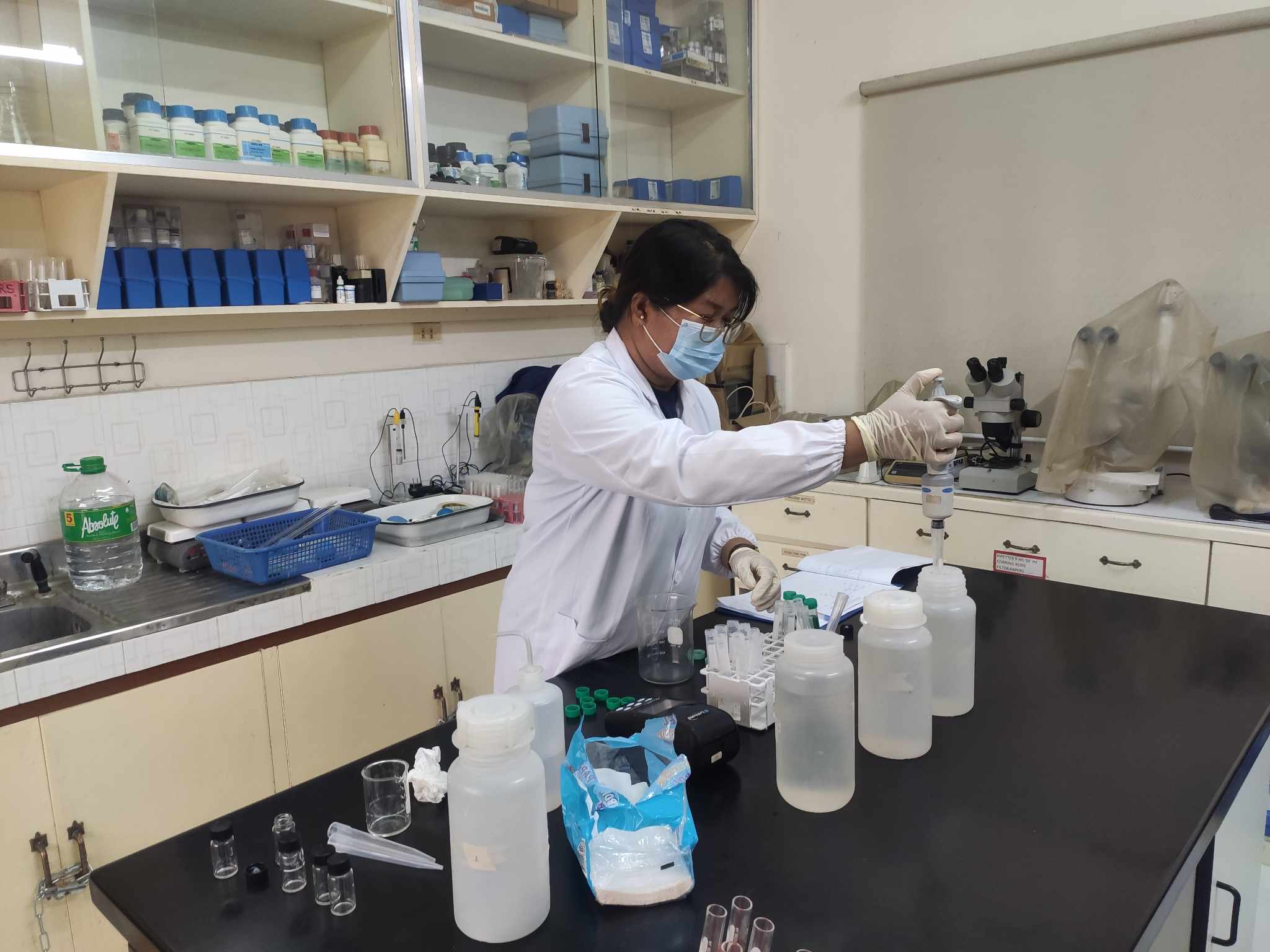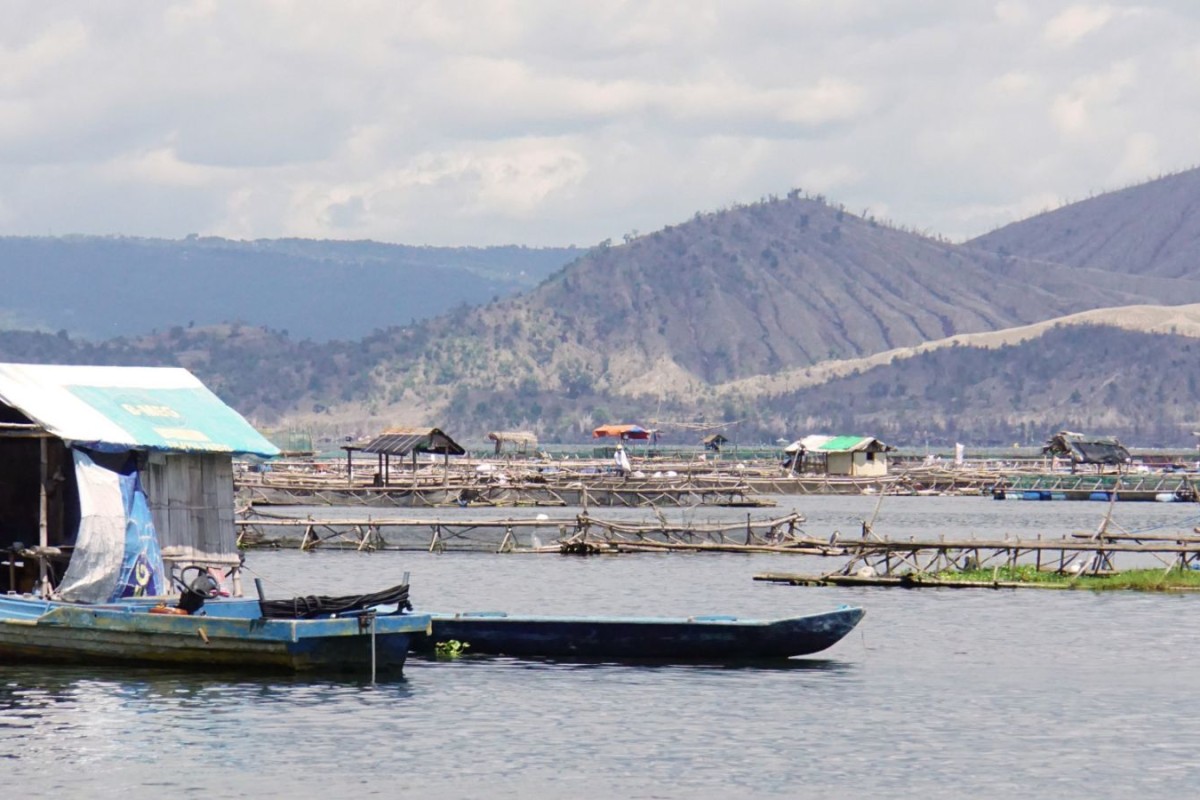BATANGAS CITY (PIA) — Fish cage operators in Taal Lake in Batangas province were advised to immediately harvest their remaining marketable fish while oxygen levels remain low in areas affected by the fish kill phenomenon.
Sammy Malvas, Bureau of Fisheries and Aquatic Resources(BFAR) director in Region IV-A (Calabarzon region) said on Tuesday, July 18 that results of water samplings conducted in the towns that surround the lake showed below normal levels of 5 mg/l (milligrams per liter).
“Fish cage operators are advised to intensify monitoring of cages and harvest their marketable stocks,” Malvas said.
In his report to the BFAR national office, Malvas said 241 cages of bangus (milkfish) and tilapia (black carp) have been affected in the towns of Talisay, Agoncillo and Laurel since the fish kill that started on July 13.
Malvas placed the estimated value of damages at 586.38 metric tons with a market value of P54.68 million.
He said the fish kill is attributed to low dissolved oxygen levels due to changing weather conditions.

Water samples were collected in Barangays Bilibinwang and Bañaga in Agoncillo and in Barangays Balakilong, Leviste and Berinayan in Laurel. Dissolved oxygen levels in the waters off Agoncillo ranged from 2.89mg/l to 2.95 mg/l while dissolved oxygen levels off Laurel ranged from 2.52 mg/l to 4.29 mg/l.
“The dissolved oxygen levels are not within the standard levels to support aquaculture activities. The drop in dissolved oxygen can be caused by changing weather conditions and in water surface level,” Malvas said.
Meanwhile, BFAR said it will conduct continuous water sampling and monitoring of fish kills for appropriate response.
Fish cage operators were also advised to use oxygen tanks, pump and engine sets to prevent fish kills.
“In case of mortalities, these should be collected immediately and buried away from the lake waters,” BFAR said in its recommendations.
Talisay municipal administrator Alfred Anciano said government personnel were immediately deployed to help fishermen and operators put away the dead fish.
“The fish were buried in a designated mortality pit to prevent any health or environment concern that may arise,” he added.
Anciano noted that the local government has already dismantled 300 empty fish cages since last year to avoid a repeat of fish kill incidents.
The Talisay municipal council also passed a resolution imposing penalties on operators who leave empty fish cages in Taal lake.
Surfacing of bangus was initially reported on July 12 in Barangay Sampaloc in Talisay town followed by a fish kill early morning the following day, the BFAR said.
Water samples collected in various sites in Talisay on July 14 showed very low levels of dissolved oxygen ranging from .92 mg/l to 3.77 mg/l or below the standard level of 5 mg/l. (MPDC,MCA/PIA-4A)




